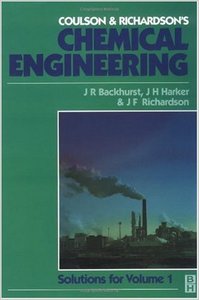

As an example, current lithium sources for lithium batteries require high purity grade lithium (>99.95%). However, the new version does not focus as much on final purification methods, which is unfortunate as this is an area that is gaining increasing attention because of the need to upgrade product purity. The previous volume available in this series emphasises separation methods, and this recent version also touches on the topic of solid separation methods. This volume is restyled and includes some changes with respect to the previous version, affecting chapters and sections (eg crystallisation, gas cleaning) leaving scope for other topics (membrane separation, product design).

This book represents an extensive volume (in the order of 800 pages) that covers most aspects of particle technology including size reduction as well as size enlargement and in some cases with a lot of detail.

Noting the deficiency, I tried to incorporate particle technology as much as possible into the curriculum I created, squeezing related topics into areas that more traditionally focus on liquids and gases, and unit operations that deal with mixtures of both phases. This is something I faced myself, as I was designing the curriculum for the new chemical engineering degree at the University of Greenwich, UK.

Particles are everywhere in industry and a cause of headache to practising engineers and scientists in areas from raw materials to intermediates and products from biopharmaceuticals to catalysts and from manufacturing to technical sales.Īt the same time, it is recognised internationally that there is a lack of courses in particle technology at undergraduate and postgraduate level. Throughout all stages of their careers, the chances are really high that practising chemical engineers will face, and sometimes struggle with, particulate materials in all forms.


 0 kommentar(er)
0 kommentar(er)
